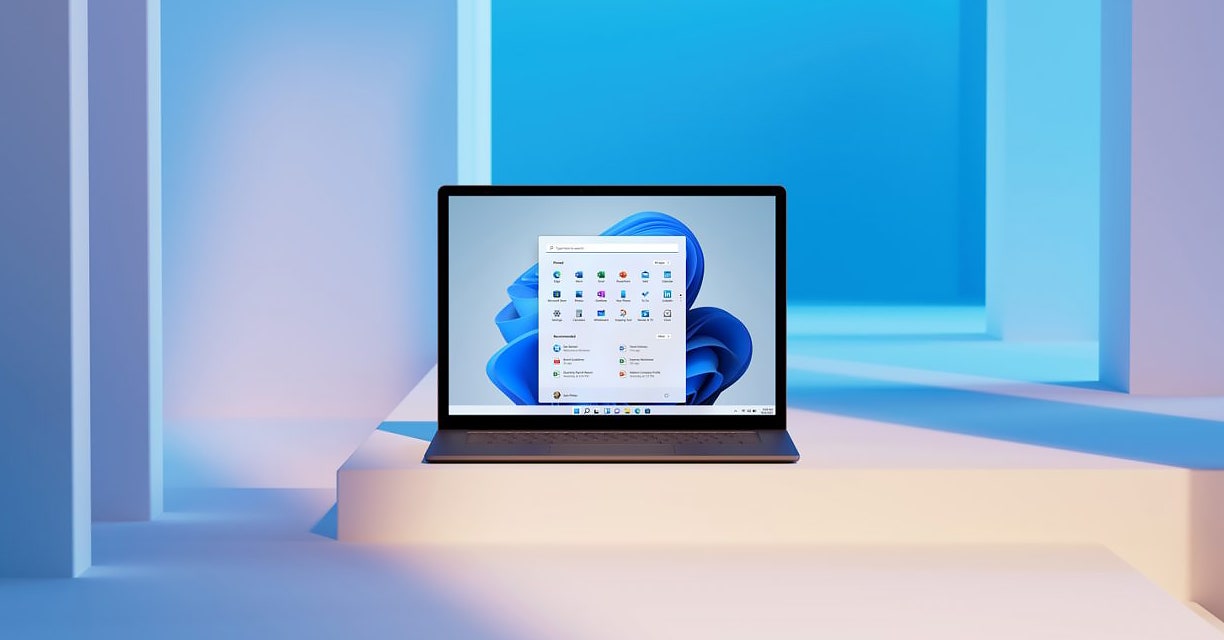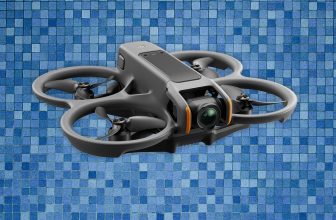
[ad_1]
The latest model of Windows is finally here, however there is a complicated new requirement if you would like to improve from Windows 10: Your pc will want to have a safety function enabled referred to as TPM. You’ve most likely by no means heard of it till now, however your machine could have it already—it simply is likely to be off by default. If you’re having bother upgrading an in any other case suitable system, one little change could possibly be to blame.
What Are TPM and Secure Boot?
Microsoft’s Windows 11 system necessities point out a brand new requirement that wasn’t current in previous variations of the working system: a Trusted Platform Module (TPM). More particularly, it requires TPM 2.0, which was first launched in 2014.
The TPM is typically a chip that’s constructed immediately into the {hardware} of your system, or—extra generally for client PCs—a kind of firmware your processor helps. TPMs are tamper-resistant, which makes it extremely troublesome for somebody to steal any of the info it shops or the cryptographic keys it generates.
The reliability and safety of this chip type what’s referred to as a “hardware root-of-trust.” Essentially, the TPM is a component your system can all the time belief to be safe, just like the fireproof lockbox in your home the place you retailer vital paperwork. This allows security measures that may assist defend your pc like encrypting your storage drives or using logins like fingerprints or facial recognition. This is just doable as a result of there’s a protected place in your pc to retailer the encryption keys or biometric knowledge that wouldn’t be protected to retailer in any other case.
One of the various contains a TPM enhances is Secure Boot. This function prevents malware from operating if you first begin up your pc by solely permitting software program that’s cryptographically signed to run if you flip it on (although you may flip it off if you need to).
Why It’s Required for Windows 11
For all of the confusion about this new requirement, it’s not truly that new. Microsoft has required TPM 2.0 in new prebuilt PCs manufactured since 2016 that run any model of Windows 10 for desktop. If you got a Windows 10 system from a retailer prior to now a number of years, there’s a good likelihood you’re already coated and you could set up Windows 11 proper now. Just head to Settings > Windows Update > Check for Updates.
However, that also leaves out a lot of computer systems in the marketplace. Custom-built PCs, for instance, can use motherboards and processors that don’t embody a TPM or don’t allow it by default. Many Windows units are protected, however some aren’t and that makes it tougher to constantly roll out security measures.
One main instance of that is Microsoft’s makes an attempt to finish passwords for Microsoft accounts altogether. Passwords are, paradoxically, troublesome for people to bear in mind and usually simple for attackers to get previous. The firm has pushed options to passwords that use authenticators in your cellphone, biometric knowledge, or perhaps a PIN which—if saved in a TPM—will be safer than a password and simpler to use.
While a few of these options are doable on units and not using a TPM, they’re safer you probably have one. Requiring the TPM on all Windows 11 units lets Microsoft set a safety flooring. The draw back is that it would go away some individuals with in any other case succesful computer systems behind. For Microsoft, that’s a tradeoff value making.
How to Turn On TPM and Secure Boot
Leaving behind older PCs when a brand new model of Windows comes out isn’t new, however this specific requirement has left lots of people confused as a result of some computer systems that ought to be able to operating Windows 11 simply positive are supposedly incompatible.
That’s partly as a result of early variations of the PC Health Check app, which is Microsoft’s downloadable device that tells you in case your {hardware} qualifies for the improve, merely threw an error if TPM wasn’t enabled in your system. Fortunately, the newest model will tell you if TPM is the problem. You may run into this concern if you happen to constructed your PC your self or received another person to do it for you. Many motherboards are TPM compatible, however some gaming motherboards skimped on the function in favor of different bells and whistles.
[ad_2]
Source link






